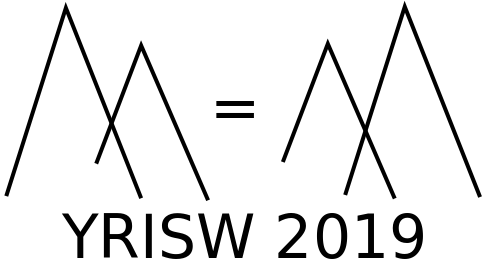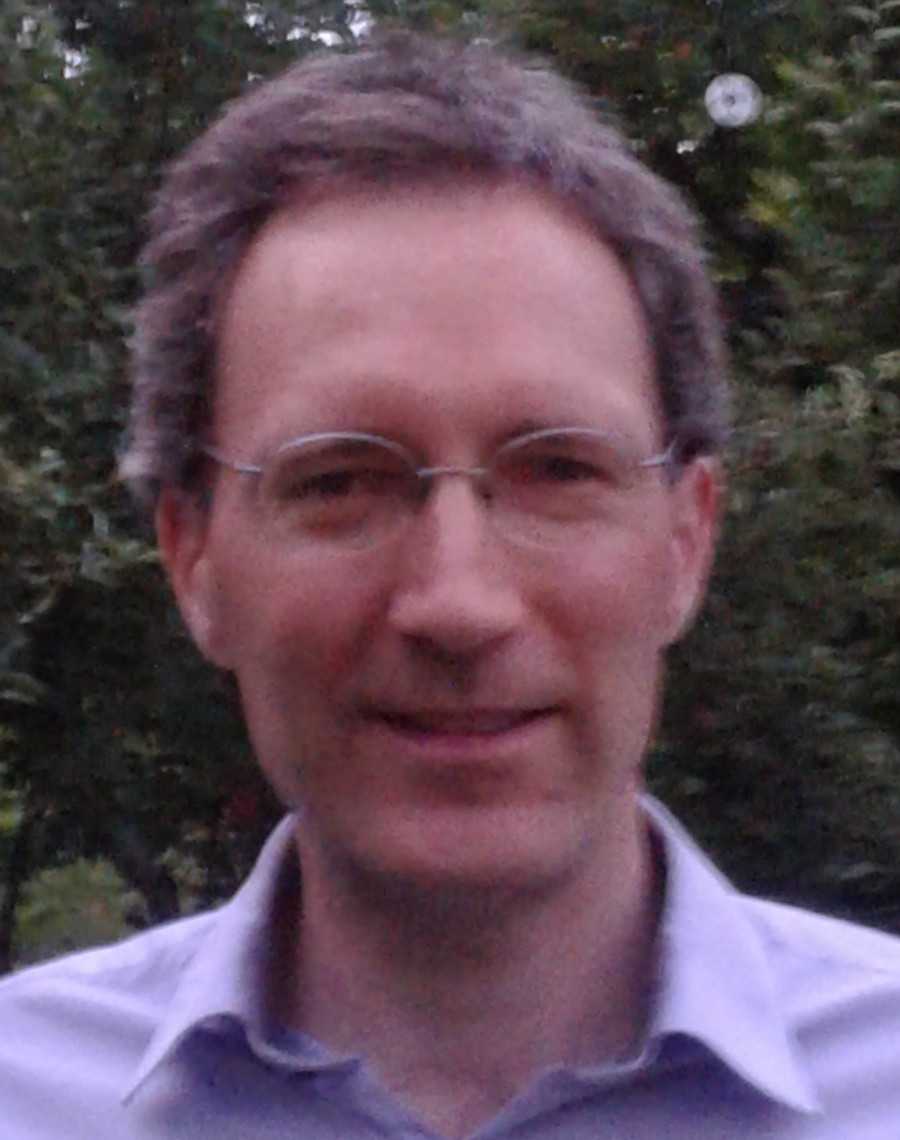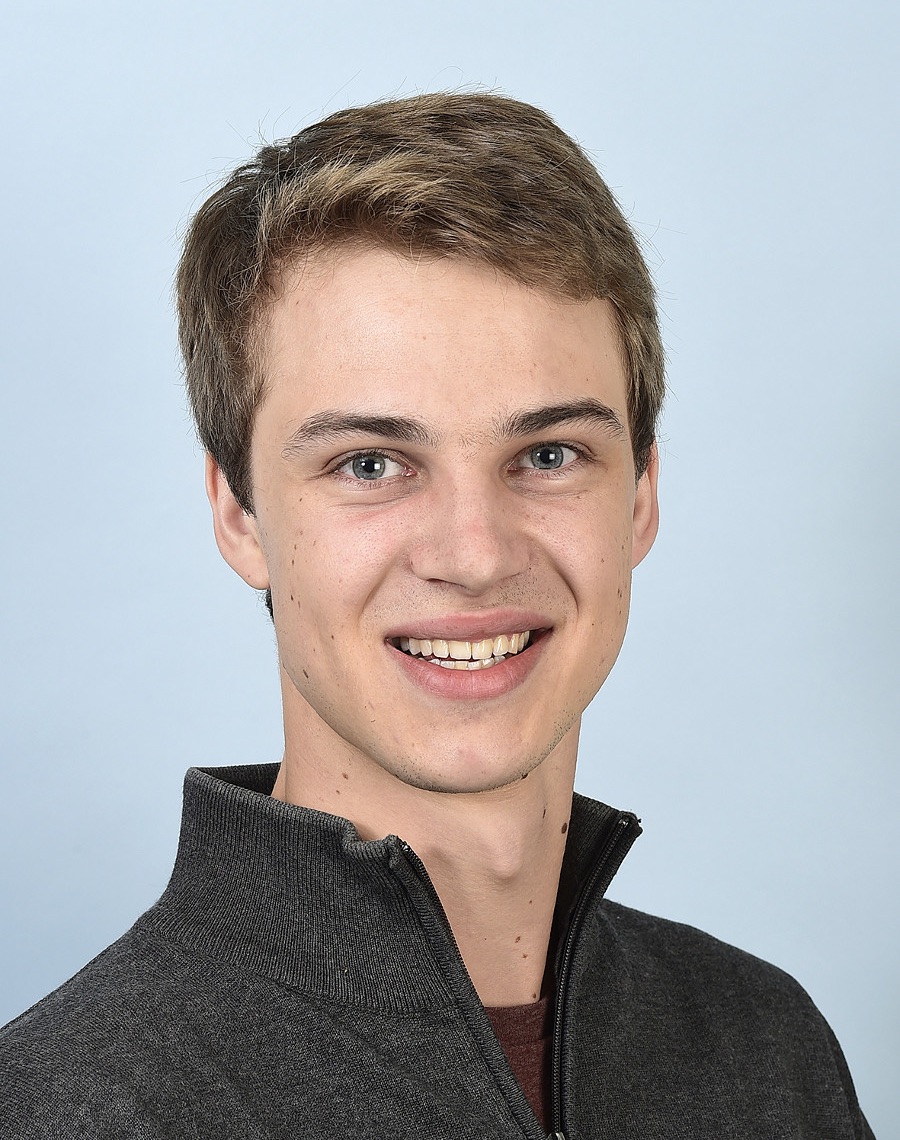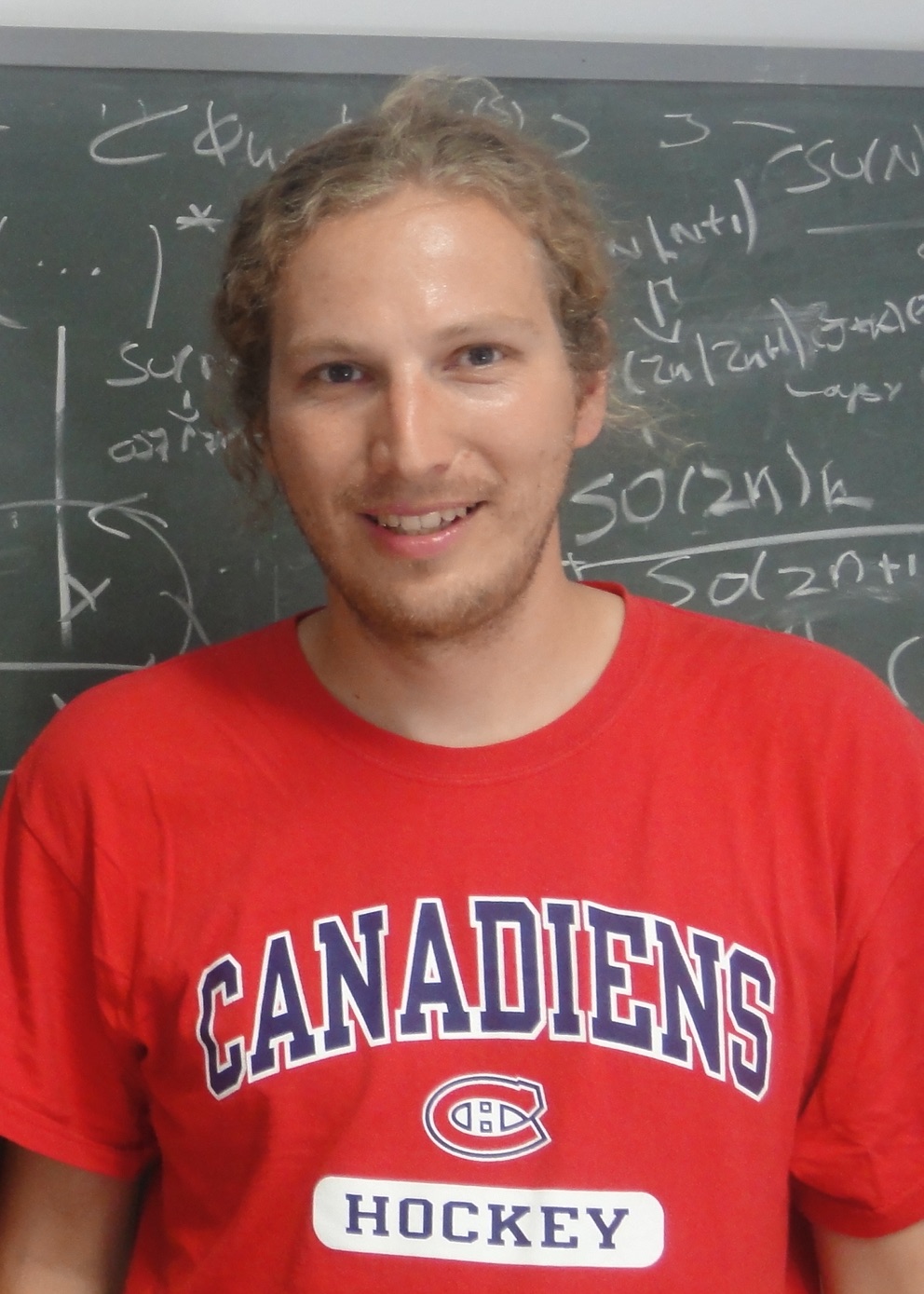


Speakers and Program
Introduction to CFT2 |
|
|---|---|

|
We will introduce conformal field theory in two dimensions, from the basic principles to some of the simplest models. From the representations of the Virasoro algebra on the one hand, and the state-field correspondence on the other hand, we will deduce Ward identities and Belavin-Polyakov-Zamolodchikov equations for correlation functions. We will then explain the principles of the conformal bootstrap method, and introduce conformal blocks. This allows us to define and solve minimal models and Liouville theory. We will also introduce the free boson with its abelian affine Lie algebra. Sylvain Ribault works on two-dimensional conformal field theory, with an emphasis on using the bootstrap approach for solving models analytically or numerically. He obtained his PhD at École polytechnique in 2003. After postdoctoral positions at King's College London and DESY Hamburg, he worked at Montpellier University, and (since 2011) at IPhT Saclay. Lectures (video recording) |
Wess-Zumino-Witten models |
|
|---|---|

|
In this course we will discuss Wess-Zumino-Witten models, one of the main examples of 2d CFTs. After a describing the symmetries of the models, we will treat the Sugawara construction, characters and modular invariants. If time permits, we will then move on to explore the non-compact sl(2,R) WZW-model, and its application to an exact worldsheet description of strings on AdS3 backgrounds with pure NS-NS flux. Lorenz Eberhardt is currently obtaining his PhD at ETH Zurich. His work centers around 2d conformal field theory, in connection with string theory and the AdS/CFT correspondence. Lectures (video recording) |
W-algebras |
|
|---|---|

|
W-algebras appear as the symmetry algebra of many interesting conformal field theories. They are defined as quantum Hamiltonian reductions, but they can also be realized as coset vertex algebras. The aim of the lectures is to introduce W-algebras and their different realizations. We will see that W-algebras and their representation theory are closely connected to the WZW-theories. As application I want to explain the role of W-algebras in S-duality for certain 4-dimensional supersymmetric gauge theories. Thomas Creutzig is professor at the University of Alberta. His research is on vertex algebras and their applications in physics and mathematics. Lectures (video recording) |
Boundaries and defects |
|
|---|---|

|
These lectures aim to be a gentle introduction to the algebraic and categorical description of boundaries and defects in 2d rational conformal field theories. Much of the time will in fact be spent on topological field theories, where it is easier to see e.g. how boundary conditions are naturally organised in terms of categories. We willl introduce and discuss this algebraic language in general, and illustrate it with standard examples like state sum models and sigma models. Finally we will outline how rational CFTs are described in terms of certain tensor categories (such as representations of vertex algebras) and certain algebraic data in them (roughly: the choice of modular invariant partion function), and illustrate everything with an example such as su(2)_k. Nils Carqueville works on algebraic and topological aspects of quantum field theory. He obtained his PhD at King's College London in 2009. After postdoc positions at LMU Munich and at the Simons Center for Geometry and Physics in Stony Brook, Nils moved to Vienna in 2014. Lectures (video recording) |
Deformations |
|
|---|---|

|
Part I: Conformal perturbation theoryIn this course we will discuss how to deform conformal field theories by marginal operators. The resulting space of theories, the conformal manifold, admits various geometric structures that are intimately related to physical observables of the CFTs. We will also discuss some explicit applications of these techniques in the supersymmetric context, such as non-renormalization theorems and the tt* equations.Marco Baggio got his PhD from University of Amsterdam in 2013. He is currently a postdoctoral researcher at KU Leuven working on nonperturbative approaches to quantum field theory. |

|
Part II: the TTbar deformation and integrable modelsThis course will focus on a special type of deformation of two-dimensional quantum (not necessarily conformal) field theories driven by the determinant of the stress-energy tensor: the so-called T-Tbar deformation. We will study in detail the case where the deformed theory is a CFT, computing the effects of the T-Tbar-flow on various physical quantities and discussing some applications.Andrea Cavaglià got his PhD from City University London in 2015, held a postdoctoral position at the University of Torino and is currently a postdoctoral researcher at King's College London. His main research area is integrability in the context of AdS/CFT. Lectures (video recording) |


